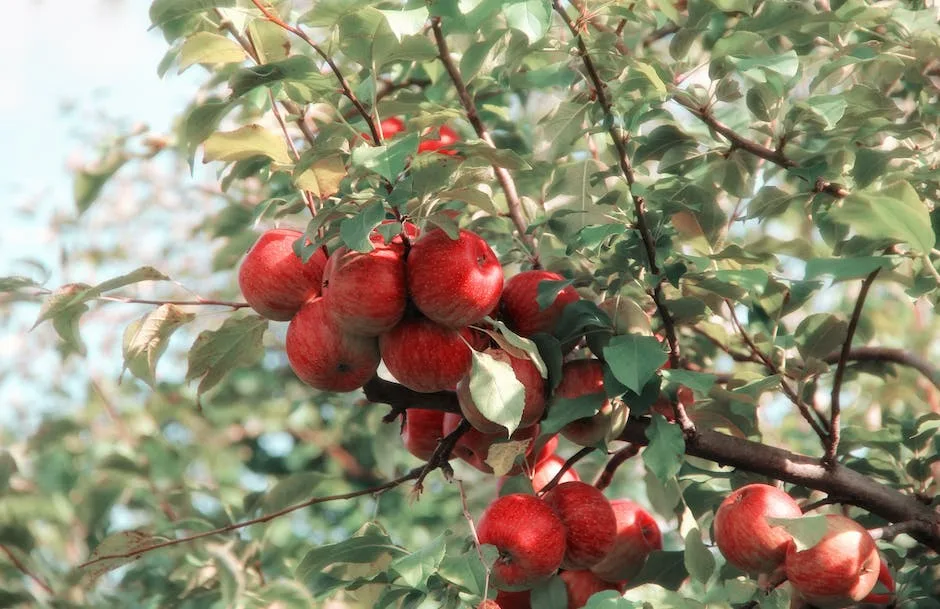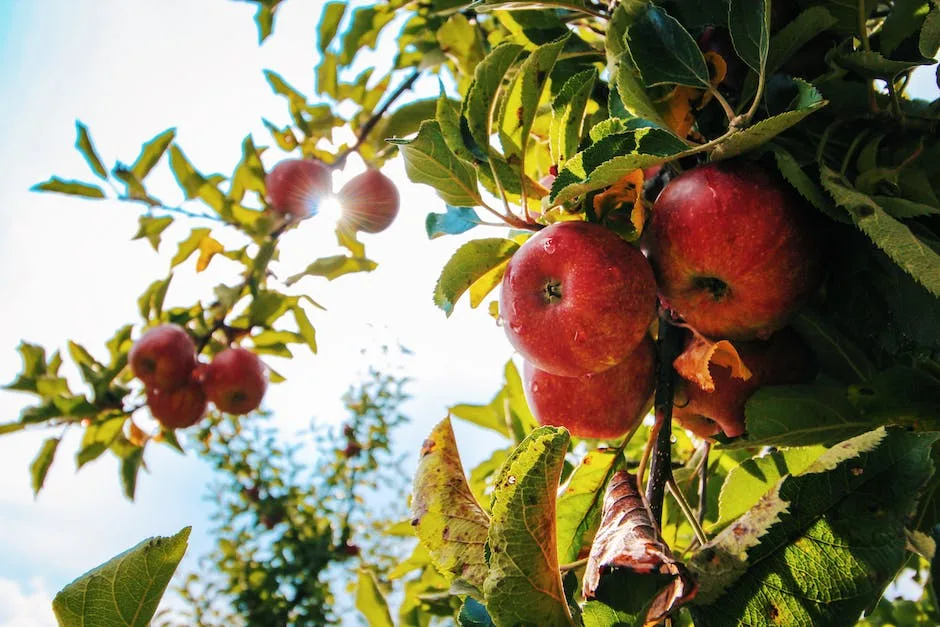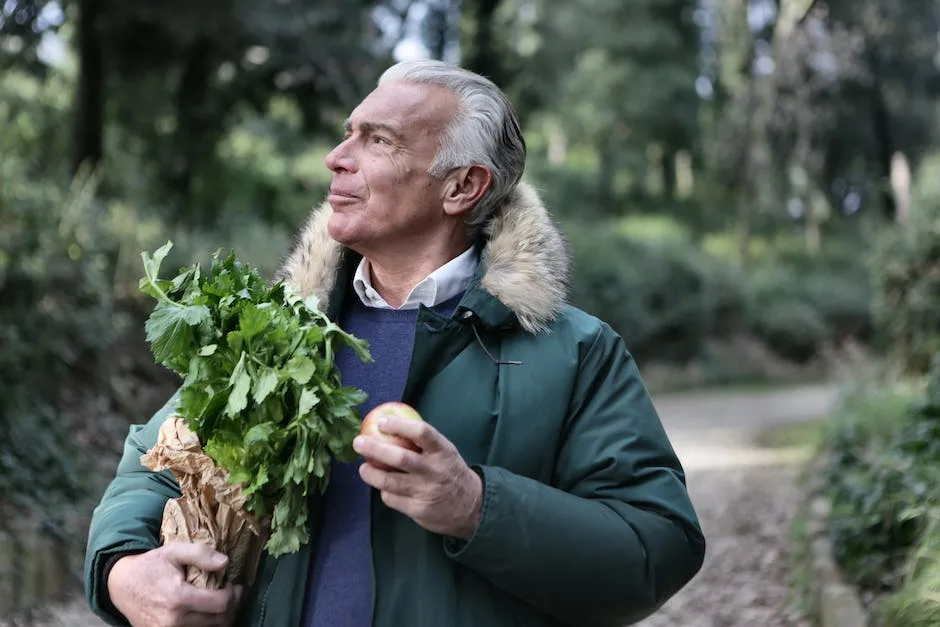Apple trees are usually pollinated by one of two methods: by transferring pollen from the male organ or stamen of one blossom to the female organ or pistil of another, or by wind or insects carrying the pollen from the stamen of one blossom to the pistil of another.
While there are many varieties of apple trees, they can generally be divided into two groups: those that are self-pollinating, and those that require cross-pollination. Cross-pollination is when the pollen from one apple blossom is transferred to the pistil of another apple blossom of a different variety. This can be done either by wind or by insect pollinators, such as bees.
The following apple varieties are self-pollinating and do not require another variety for pollination: Empire, Freedom, Redfree, and Williams’ Pride. All other apple varieties require cross-pollination and need another variety for pollination. Some examples of varieties that require cross-pollination are: Granny Smith, Honeycrip, and McIntosh.
What apple trees pollinate together?
It is important to note that in general, each species can only pollinate others of its own kind. This means that apples will only pollinate other apples, pears will only pollinate pears, and so on. Amongst apples, there is generally no distinction between crab apples, cider apples, and mainstream apples – they can all potentially cross-pollinate each other.
Apples are self-unfruitful, which means that they need to be pollinated by another apple variety in order to produce fruit. Plant at least two different apple tree varieties within 50 feet of one another for a good fruit set. Some apple varieties, such as Golden Delicious, will produce a crop without cross-pollination from a second variety.
What apple tree cross pollinate with a Honeycrisp
Honeycrisp apples are a popular variety of apple that is grown in many parts of the world. In order for the honeycrisp apple to pollinate, a variety of other apple trees are needed. Some of the most common pollinators for the honeycrisp apple include the gala apple tree, the McIntosh apple tree, the Fuji apple tree, the Golden Delicious apple tree, the Pink Lady apple tree and the Red Delicious apple tree.
Apples are self-unfruitful, which means that they need another apple variety to pollinate in order to produce fruit. Most apple cultivars will set a small crop with their own pollen, but for maximum production, you should plant at least two different apple cultivars within 50 to 100 feet of each other to ensure cross-pollination and fruit set.
Can two different types of apple trees cross pollinate?
Apple trees need to be cross-pollinated with pollen from the flowers of a different apple variety to produce fruit. For example, Honeycrisp can be pollinated by Pink Lady, but not by another Honeycrisp.
Most apple trees require a second tree of a different cultivar to pollinate in order to produce fruit. For example, a Pink Lady Apple should be paired with a Gala, Fuji, Granny Smith or McIntosh Apple.
How far away does a Honeycrisp apple tree need to be to pollinate?
If you want to grow a Honeycrisp apple tree, you’ll need another apple tree to help with pollination. Fuji, Golden Delicious, and Red Delicious apple trees are all good choices, as they’re hardy in the same zones as the Honeycrisp. Plant your trees six to 12 feet apart so they can reach each other with their pollen.
Fuji apples are among the most popular eating apples in America. They’re easy to grow, produce sizeable fruit, and are sweet and juicy with a crisp bite. Although Fuji apples brown easily, they have a long shelf life compared to other varieties.
Why is my Honeycrisp apple tree not producing fruit
The lack of fruit on an apple tree is often due to the lack of flowers or poor pollination. This can be caused by the age of the tree, as most dwarf and semi-dwarf apple trees don’t flower and bear fruit for 3 to 5 years after planting. Additionally, low temperatures during bloom can also impede fruit production.
The honeycrisp was developed by cross-pollination of two previously known apples: the honeygold and the Macoun. While this process can happen naturally by the wind or various pollinators (like bees), the honeycrisp was given help. This apple is known for its crisp, juicy flesh and its sweet-tart flavor.
What cross pollinates with a pink lady apple tree?
**********************************************
When planting pink lady apple trees, be sure to plant at least two trees in order to ensure cross-pollination. Good pollinators for the pink lady include the Gala apple tree, the Fuji apple tree, and the Granny Smith apple tree. By planting a variety of trees, you will ensure a good apple crop.
Self-fertile apple varieties do not require cross-pollination in order to produce fruit. However, they will still produce more fruit if they are cross-pollinated. Some self-fertile varieties include Golden Delicious, Braeburn, Granny Smith, and Scrumptious. For a more thorough breakdown of self-fruitful varieties, consult the Home Orchard Society.
What types of apples are self-pollinating
All of the varieties of apples mentioned are self-pollinating. This means that they do not require another apple variety to be present in order to produce fruit. Each apple tree will still produce plenty of fruit on its own.
Alkmene, Cox Queen, Granny Smith, and Grimes Golden are all excellent self-pollinating varieties of apples. They are all well-suited for growing in a wide range of climates and will produce a high yield of delicious fruit.
Fuji apple trees are not self-fertile, meaning you will need to plant another variety of apple tree in order to achieve pollination and fruiting. The most compatible varieties for Fuji are Granny Smith, Jonathan, and Red Delicious. Make sure to plant your Fuji apples at least 15-20 feet away from other varieties to prevent cross-pollination.
Can an apple tree pollinate a pear tree?
Pollination is an important process for fruit trees, as it allows for the transfer of pollen from the male parts of the flower (anther) to the female parts (stigma). This process is necessary for the tree to produce fruit. In order for pollination to be successful, the pollen must come from a different plant than the one receiving it. This is why it is important to plant a different variety of tree when trying to grow a specific type of fruit. By doing so, you will ensure that the pollen is coming from a different plant, and that the process of pollination can take place.
Honeycrisp apple trees need a different variety of apple tree nearby in order to produce fruit. The different variety apple tree will transfer pollen over to the Honeycrisp apple tree, thus allowing the Honeycrisp apple tree to produce fruit.
How close do apple trees need to be to pollinate each other
When planting trees that will rely on pollination from other trees, it is best to plant them no more than 100 feet apart. This will ensure that pollination occurs between the trees and that the pollen is compatible.
Varieties well known in Western Australia which can be used as pollinators for Granny Smith apples are Jonathan, Delicious, Cleopatra, Yates, Golden Delicious and Dougherty. The Jonathan is the variety which is most likely to flower over the same period as Granny Smiths.
What should you not plant next to an apple tree
Apple trees and grass are not exactly good companion plants. There are a few reasons for this. First, apple trees need a lot of water and fertilizer, and grass compete for these resources. Second, apple trees have shallow roots, and the roots of grass are very deep. This means that the roots of the grass can damage the roots of the apple tree. Finally, apple trees produce a lot of leaves, and these can smother the grass.
If you want to enjoy apples right off the tree, you don’t need to plant a whole orchard. Two trees will provide plenty of apples for any family. Just make sure to plant different varieties of apples so they can pollinate each other.
Can you plant just one Honeycrisp apple tree
If you want to grow a ‘Honeycrisp’ apple tree, you’ll need to plant another variety of apple tree within 6 to 20 feet of it. This is because ‘Honeycrisp’ apple trees are not self-fruiting and need another tree to cross-pollinate with in order to produce fruit.
Honeycrisp apples are very susceptible to black rot, powdery mildew, and fire blight. Heat and sunburn are also issues with Honeycrisp apples. The fruit grows on the larger size, especially in early years. Honeycrisp apples have thin skin, which is easily punctured.
Will any crabapple pollinate Honeycrisp
The crab apples did not work well with the Honeycrisp apples. The pollen grew slowly and reduced the amount of fruit that was set. However, the crab apples did better with Fuji and Gala apples.
Gravenstein apple trees are a must-have for any apple grower in a hurry. They are among the largest apple trees, bearing fruit two to five years after planting, and can thrive in almost all hardiness zones. Keep in mind, however, that Gravenstein apples are a high-maintenance crop, requiring regular pruning, thinning, and spraying to produce a bountiful crop.
Conclusion
Other apple trees that are compatible for pollination include Braeburn, Pinova, and Rome.
Apple trees are a popular fruit tree to grow in the home garden, but they require another apple tree of a compatible variety for pollination in order to produce fruit. Thankfully, there are many different types of apples trees available, so finding a compatible pollinator should not be difficult. Once you have two apple trees in your garden, you can enjoy the delicious fruits of your labor for many years to come.
I’ve always been drawn to trees.
As a kid, I spent most of my free time outside, climbing, exploring, and trying to figure out the names of the trees around me.
That early curiosity eventually led me to study arboriculture and horticulture at Michigan State.
Later, I completed a degree in forestry at the University of Michigan.
I’ve been working in tree care and education ever since.
These days, I enjoy helping people learn more about the trees in their own backyards.
How they grow, how to care for them, and why they matter.
You don’t need to be an expert to appreciate trees.
A little curiosity goes a long way.
